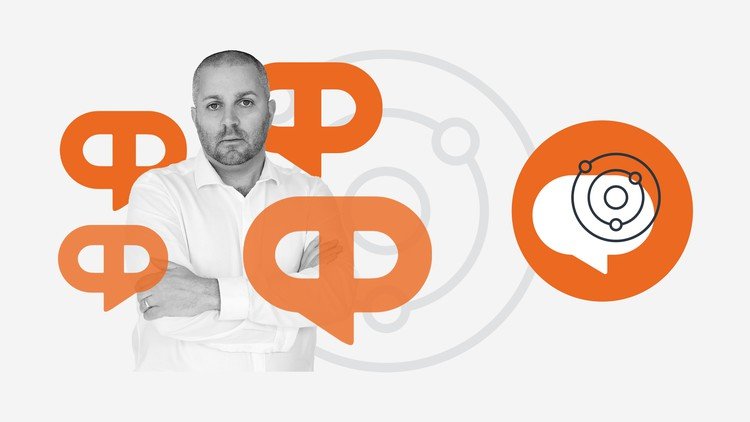- +91 844 9090 904
- info@maximumlearning.io
- Sector 62, Noida, 201309
Category


In today’s complex world, understanding human behaviour is not just fascinating, but also essential. The Diploma Course in Modern Applied Psychology (DiMAP) is designed to equip you with a deep understanding of the human mind, offering you the tools to unlock your potential and drive your personal growth.
With this Diploma Course in Modern Applied Psychology (DiMAP.), you will delve into the intricacies of human thought, emotion, and behaviour. You will gain insights into why we think, feel, and act the way we do, and how these processes can be influenced for the better. But this course isn’t just about theory; it’s about application. We take the latest psychological research and show you how to apply it in everyday life, for your benefit and the benefit of those around you.
Education and Personal Growth Through Understanding
The first thing you’ll notice about our course is that it is centred around you, the learner. We believe that by understanding ourselves, we can better understand others. That’s why the first part of the course focuses on self-understanding. You’ll explore your own thoughts, emotions, and behaviours, gaining a deeper understanding of what makes you tick.
This self-awareness will empower you to take control of your own life, make positive changes and achieve your goals.
Influencing Behavior: But understanding is just the beginning. The next step is influence. You’ll learn how to apply psychological principles to influence behaviour – both your own and others. You’ll learn techniques for changing habits, improving motivation, and enhancing performance. Whether you want to quit smoking, start exercising, or improve your work performance, this course will give you the tools to make it happen.
Making a Difference: Finally, the course shows you how to use your newfound skills to make a difference in the world. You’ll learn how to apply your knowledge of psychology to help others, whether that’s through counselling, coaching, or simply being a more understanding friend or family member. The skills you learn in this course have the potential to transform not just your life, but the lives of those around you.
Accessible Learning: We believe that education should be accessible to everyone. That’s why our course is designed to be easy to understand, with clear language and practical examples. We use stories and repetition to make the material engaging and easy to remember. Plus, our online format means you can learn at your own pace, from the comfort of your own home.
Join Us Today: The Diploma Course in Modern Applied Psychology (DiMAP) isn’t just a course; it’s a journey towards personal growth and empowerment. It’s about understanding the human mind, influencing behaviour, and making a difference. But most of all, it’s about you – your growth, your development, and your potential.
This training is part of a larger curriculum of professional development training resources designed by Kain Ramsay Ltd, and hosted within the Achology community peer-learning environment. The training course is accompanied by a 30-day money back guarantee, so if you’re not happy with the format, you can get your money back – no questions asked.